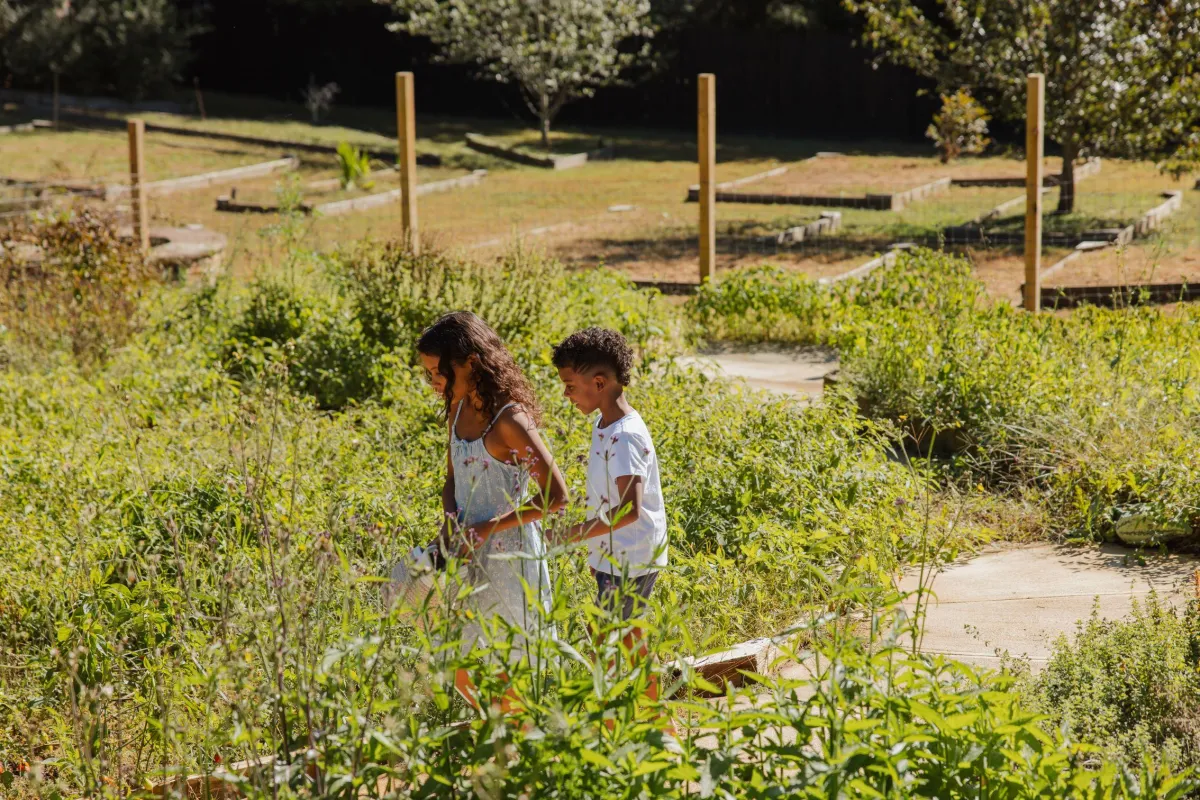Blog

The 5 Most Harmful Toxins Hiding in Your Child’s Daily Routine (And How to Replace Them)
As parents, we do everything in our power to protect our children. We research the best car seats, choose organic food when possible, and schedule wellness checkups. But what if I told you that some of the most harmful toxins your child is exposed to are hiding in their everyday routine—inside your home, their clothing, and even their personal care products?
Many mainstream baby and children’s products are filled with chemicals that disrupt hormones, impair brain development, and contribute to long-term health issues. But the good news? With the right knowledge, you can replace them with safer alternatives. In this post, I’ll uncover the top five hidden toxins in your child’s daily routine and share simple swaps to reduce their exposure.
1. Toxic Skincare & Bath Products
Where they’re hiding: Baby lotions, shampoos, soaps, and diaper creams
Many baby and children’s personal care products contain endocrine-disrupting chemicals like parabens, phthalates, and synthetic fragrances. These chemicals have been linked to hormone imbalances, developmental issues, and even allergies.
What to avoid:
Fragrance (a.k.a. a chemical cocktail of unknown toxins)
Parabens (methylparaben, propylparaben, etc.) – Linked to hormone disruption
Sodium lauryl sulfate (SLS) – Harsh on sensitive skin and can cause irritation
Safer swaps:
✔️ Look for fragrance-free and paraben-free products
✔️ Choose organic, plant-based baby lotions and shampoos
✔️ Use DIY remedies like coconut oil for moisturizing and shea butter for diaper rash
🔗 Check out my favorite personal care products for kids HERE!
2. Flame Retardants in Pajamas & Furniture
Where they’re hiding: Pajamas, crib mattresses, car seats, and upholstered furniture
Flame retardants were added to children’s sleepwear and furniture with the intention of reducing fire risks, but research has shown that these chemicals can leach into the air and be absorbed through the skin. Studies have linked them to neurological damage, lower IQ, and hormone disruption.
What to avoid:
Pajamas labeled “flame-resistant”
Crib mattresses made with polyurethane foam
Old couches, car seats, and baby gear with polyurethane foam
Safer swaps:
✔️ Buy 100% organic cotton pajamas with no flame retardant treatment
✔️ Choose GREENGUARD Gold-certified mattresses for cribs and beds
✔️ If replacing furniture isn’t an option, use an organic cotton slipcover
🔗 Need help choosing non-toxic household products? Click HERE!
3. Plastic Food Containers & Bottles
Where they’re hiding: Sippy cups, baby bottles, plastic food containers, and snack pouches
Plastics contain bisphenols (BPA, BPS) and phthalates, which mimic estrogen in the body and interfere with hormone development, particularly in young children. Even “BPA-free” plastics aren’t necessarily safer, as companies replace BPA with BPS, which has similar endocrine-disrupting effects.
What to avoid:
Any plastic food containers, even if BPA-free
Plastic water bottles and sippy cups
Plastic wrap and plastic storage bags
Safer swaps:
✔️ Use stainless steel or glass baby bottles
✔️ Store food in glass or silicone containers
✔️ Swap plastic utensils for bamboo or stainless steel
🔗 Check out my absolute favorite baby bottles and kid's water bottles HERE and some non-toxic kitchenware HERE
4. Artificial Dyes in Food & Medicine
Where they’re hiding: Candy, cereals, fruit snacks, children’s vitamins, and liquid medications
Many foods marketed to children contain artificial food dyes like Red 40, Yellow 5, and Blue 1. These dyes have been linked to hyperactivity, behavioral issues, and allergic reactions in children. Unfortunately, they’re also found in children’s medications, including over-the-counter fever reducers and cough syrups.
What to avoid:
Processed snacks and cereals with artificial dyes
Children’s gummy vitamins with synthetic colors
Liquid medications containing Red 40 or Yellow 5
Safer swaps:
✔️ Choose organic, dye-free versions of vitamins and medicines
✔️ Opt for natural food coloring (beet juice, turmeric, spirulina)
✔️ Read labels carefully—many “healthy” snacks still contain dyes!
🔗 Check out our Free Guide HERE for 10 convenient, ingredient conscious kids snacks!
5. Pesticides in Conventional Produce & Baby Food
Where they’re hiding: Non-organic fruits, vegetables, and packaged baby food
The Dirty Dozen, a list of the most pesticide-contaminated produce published by the Environmental Working Group (EWG), includes many of the fruits and vegetables young children love—like strawberries, apples, and spinach. Studies have linked pesticide exposure to neurodevelopmental disorders, lowered IQ, and gut microbiome imbalances.
What to avoid:
Conventionally grown strawberries, spinach, apples, grapes, and potatoes
Pre-packaged baby food with vague ingredient sourcing
Non-organic rice products (rice is high in arsenic)
Safer swaps:
✔️ Prioritize organic versions of Dirty Dozen foods
✔️ Buy from local farmers who use minimal pesticides
✔️ Make homemade baby food using organic ingredients
🔗 Click HERE for some easy go-to non-toxic snacks
How to Take Action Today
Reducing your child’s exposure to toxins may feel overwhelming at first, but small, intentional changes add up over time. Start with one or two swaps—maybe replacing their plastic sippy cups or switching to organic pajamas—and build from there.
✅ Next Steps:
Download my Spring Into Health Holistic Remedies for Seasonal Wellness for tips on a nontoxic and health conscious spring season!
Shop my favorite non-toxic baby & child products here
Follow me on Instagram [@TheDiscoveryDoc] for daily toxin-free living tips!
Your child deserves the healthiest start possible. Let’s make it happen together! 🌿💚




